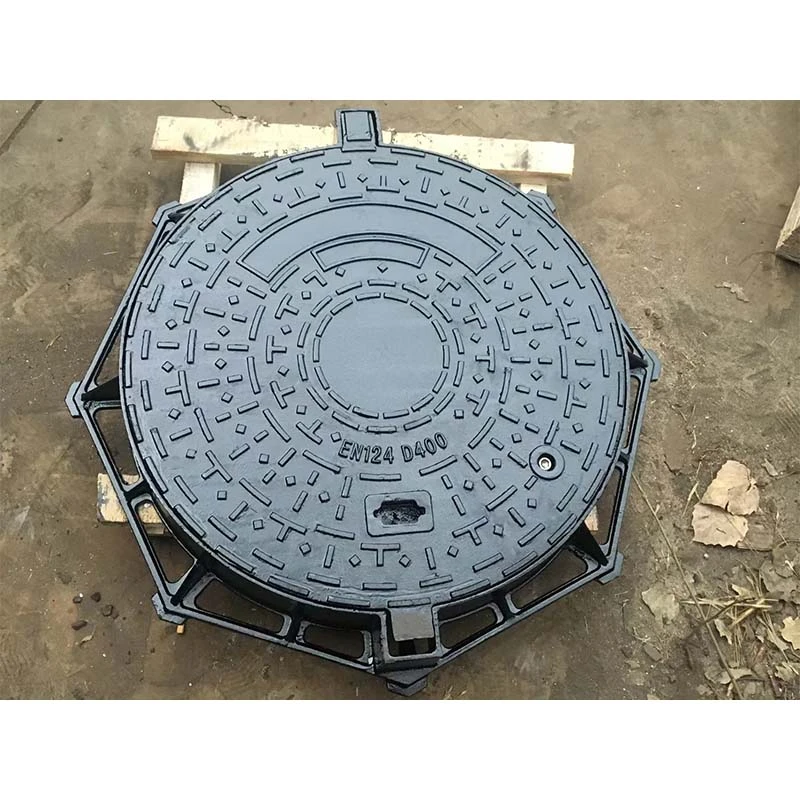manual butterfly valve
Understanding the Manual Butterfly Valve A Key Component in Fluid Control
In industries ranging from water treatment to chemical processing, managing the flow of liquids and gases is crucial for operational efficiency and safety. One of the prominent devices used in these applications is the butterfly valve, particularly the manual butterfly valve. This article aims to elucidate the workings, types, and applications of manual butterfly valves, highlighting their significance in fluid control systems.
What is a Butterfly Valve?
A butterfly valve is a type of quarter-turn valve that uses a flat, circular disc to control flow. The disc, or flap, is mounted on a rod that allows it to rotate. When the valve is closed, the disc is perpendicular to the flow; when it is open, the disc is parallel, allowing fluid to pass through with minimal resistance. The construction of the valve allows for quick operation, making it suitable for various on/off and throttling applications.
Manual Control Mechanism
Manual butterfly valves are operated through a handwheel or lever, providing direct mechanical control over the valve's position. While automated versions (such as electric or pneumatic) are available, manual butterfly valves are commonly favored in smaller installations or in situations where power failure is a concern. The simplicity of operation ensures that personnel can quickly adjust flow control even in the absence of automated systems.
Types of Butterfly Valves
Butterfly valves can be categorized into different types based on their design and construction 1. Wafer Butterfly Valves These are sandwiched between two pipe flanges, making them easy to install and remove. They are often used in low-pressure applications. 2. Lug Butterfly Valves Equipped with threaded inserts, lug valves can be installed between flanges without requiring additional support, which makes them suitable for bi-directional flow applications. 3. Double-Flanged Butterfly Valves This type is bolted directly onto the flanges, providing robust support. They are typically utilized in applications involving high pressure.
Materials and Design
The selection of materials for the butterfly valve directly impacts its performance and longevity. Common materials include - Cast Iron Offers durability for non-corrosive applications. - Stainless Steel Ideal for corrosive environments due to its resistance to corrosion and rust. - Plastic Lightweight and resistant to many chemicals, making it suitable for various applications in the food and chemical industries.
manual butterfly valve

The choice of material also influences the type of seal used in the valve. Options include elastomeric seals, metal-to-metal seals, or PTFE liners, each catering to different pressures, temperatures, and chemical compatibilities.
Applications of Manual Butterfly Valves
The versatility of manual butterfly valves extends across various sectors. Some of their key applications include
1. Water and Wastewater Treatment They regulate the flow of water, controlling the intake and outflow in treatment plants. 2. Chemical Processing Manual butterfly valves are used to control the flow of raw materials and byproducts safely and efficiently. 3. HVAC Systems In heating, ventilation, and air conditioning, they manage airflow and pressure within ducts. 4. Food and Beverage Industry Due to their easy cleaning and hygienic design, butterfly valves play a pivotal role in controlling processes in food production.
Advantages and Limitations
The advantages of manual butterfly valves include - Compact Design Their slim profile allows for space-saving installation. - Low Pressure Drop When fully open, they provide minimal resistance to flow. - Cost-Effectiveness They are generally less expensive compared to other valve types.
However, they also have limitations. Manual operation can be labor-intensive, especially in larger installations where flow adjustments may be frequent. Moreover, they may not be suitable for very high-pressure applications compared to other types of valves.
Conclusion
In conclusion, manual butterfly valves are integral components in many fluid control systems. Their simple yet effective design, combined with ease of operation, has made them a preferred choice in various industries. While they come with specific advantages and limitations, their adaptability ensures they remain a cornerstone in the fluid handling landscape. Understanding their functionality and application will allow engineers and operators to make informed decisions, ultimately optimizing the performance and reliability of their systems.
-
The Smarter Choice for Pedestrian AreasNewsJun.30,2025
-
The Gold Standard in Round Drain CoversNewsJun.30,2025
-
The Gold Standard in Manhole Cover SystemsNewsJun.30,2025
-
Superior Drainage Solutions with Premium Gully GratesNewsJun.30,2025
-
Superior Drainage Solutions for Global InfrastructureNewsJun.30,2025
-
Square Manhole Solutions for Modern InfrastructureNewsJun.30,2025
-
Premium Manhole Covers for Modern InfrastructureNewsJun.30,2025
